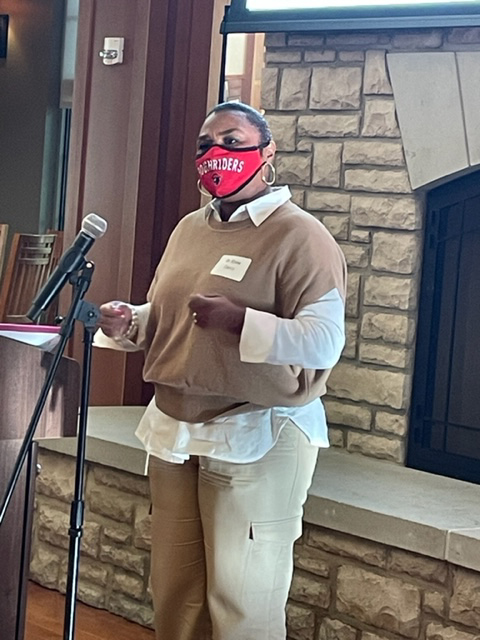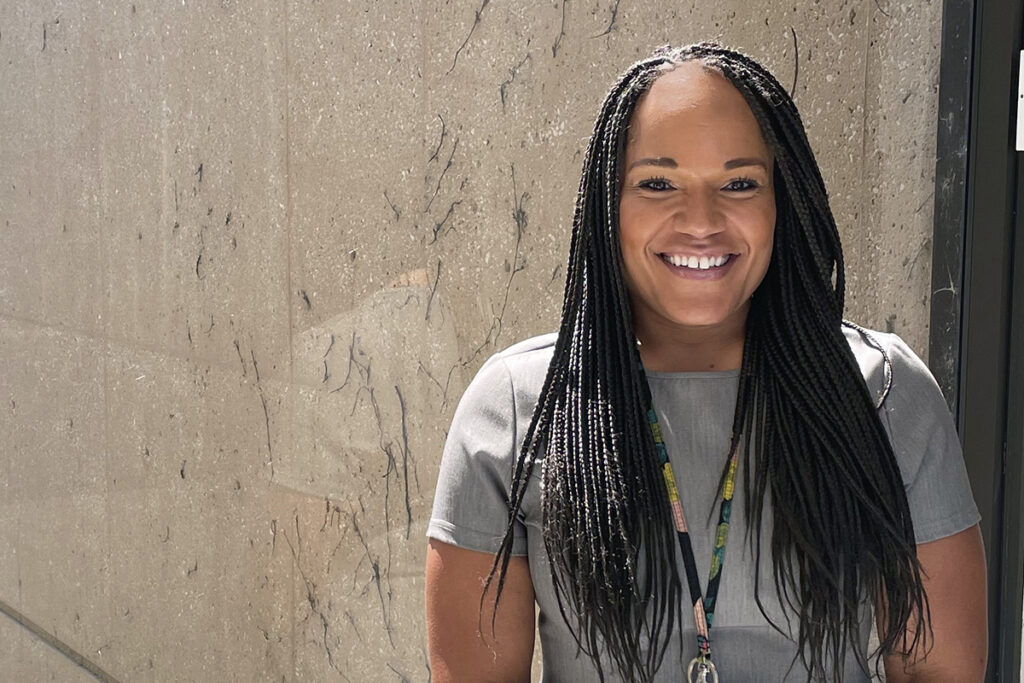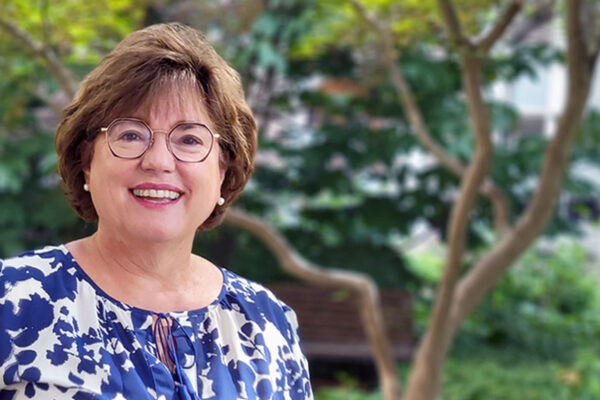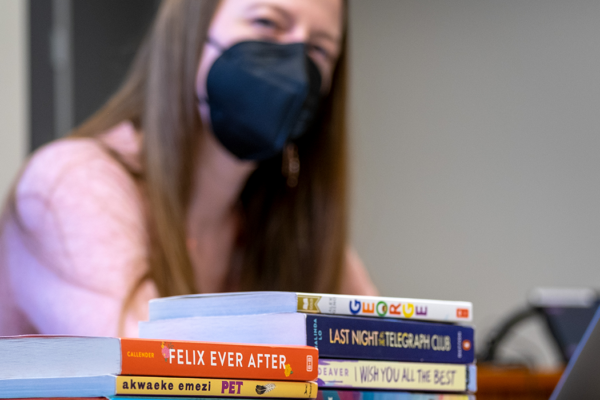Boost ninth-grade reading scores by two years at Vashon High School.
Introduce play- and project-based lessons at Shenandoah Elementary.
Improve assessments at Roosevelt High School.
The principals at these schools and four others are poised to achieve big goals after participating in the inaugural cohort of the SLPS Principal Redesign Fellowship, a bold new partnership between St. Louis Public Schools and the Institute for School Partnership (ISP) at Washington University in St. Louis.
Since December, the seven principals have developed tangible strategies to boost student outcomes and teacher satisfaction using an appreciative inquiry model — i.e., leveraging what they’ve got to get the result they want.

Their work has been supported by Nikki Doughty, ISP associate director of strategic initiatives; Jay Hartman, executive director of the Consortium Partnership Network; Nicole Hudson, assistant vice chancellor of the university’s Academy for Diversity, Equity, and Inclusion; human-centered design facilitators from Public Design Bureau; and an ISP-assembled team of executive coaches. St. Louis Public Schools participants include Isaac Pollack, associate superintendent of school turnaround and innovation; Nicole Williams, chief of staff; and consultant Audrey Jackson.
“These leaders have been empowered to dream big in designing a new vision for their schools,” Doughty said. “It all started with a question: ‘What is already successful and strong in your school?’ From there, the principals went back to consult with students, faculty and families to think about how they can do school differently in a way that will make a lasting impact. The work has been hard — these principals have committed hours to researching effective interventions, testing their ideas and integrating feedback from their communities, all while leading their schools through a pandemic.”
Take, for instance, Brenda Smith, principal of Vashon High School. She has developed a plan to improve ninth grade attendance and test scores and to reduce suspensions by 50% by strengthening the school’s top asset — its strong community. To achieve her goals, she is expanding outreach to eighth grade students over the summer, creating more opportunities for students to gather and celebrate and expanding activities and electives.
“I shy away from talking about athletics because that is what Vashon is known for, but our athletes all have better than 90 percent attendance and many have the option to attend D1 schools,” Smith said. “The reason why is the connectedness. I want each one of our ninth graders to feel that same connectedness so they have more opportunities.”

At Shenandoah, Principal Chad Rooney is adding project and play-based learning to enhance the school’s already successful reading intervention program.
“Our teachers thought we could go further and do more to make learning fun,” Rooney said. “Our prototype allows us to do both — introduce curriculum-based projects that create long-lasting understanding while providing interventions that strengthen foundational skills.”
And at Roosevelt, Principal Enna Dancy wants to improve academic achievement by improving teaching practices. A pilot cohort of Algebra 1 and ACT Prep instructors will develop rigorous four-week units and create new assessments such as daily “do nows” and “exit tickets” to measure, in real time, student understanding. In addition, Roosevelt teachers will receive ongoing professional development through EdPlus, a nonprofit that serves the region’s 60 districts.
“We will increase rigor by using questioning that expands, broadens and heightens any and every lesson,” Dancy said.
Pollack called the fellowship an investment in school-based leadership. The district has committed to providing the principals the financial resources to put their plans into action. Not every school will meet every goal, and that’s OK, Pollack said.
“Instead of banking on these big, whole-school changes, which we’ve tried before, these prototypes allow for fast failing and fast fixing,” said Pollack, noting that schools still must adhere to district and state standards and policies. “No more going all of the way back to the beginning.”
Pollack said the ISP, with its track record developing strong educators and its commitment to educational equity, has been a responsive and tireless collaborator. Doughty will continue to meet with the principals frequently, helping them scale strategies that work and reimagine those that don’t. The ISP also has committed $210,000 to the Redesign Fellowship.
“The 21,000 students of St. Louis Public Schools deserve a high-quality education,” Doughty said. “By maximizing the assets we do have and empowering educators who are closest to the children, we can shift the system. I have no doubt we can do it because we have to.”
The SLPS Principal Redesign Fellowship is one way Washington University faculty, students and staff are working to improve K-12 education in St. Louis. To learn more, visit The Pipeline.


